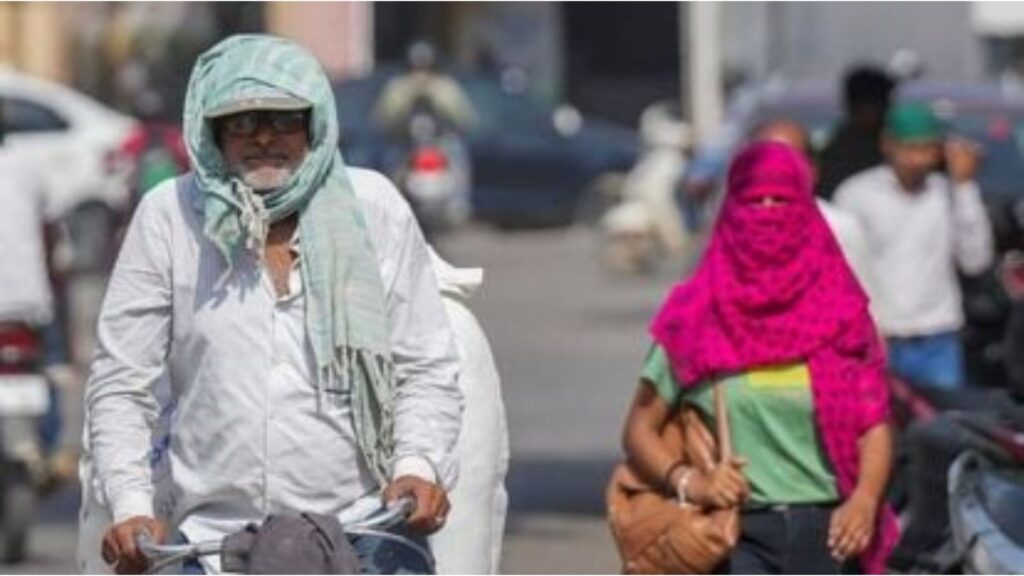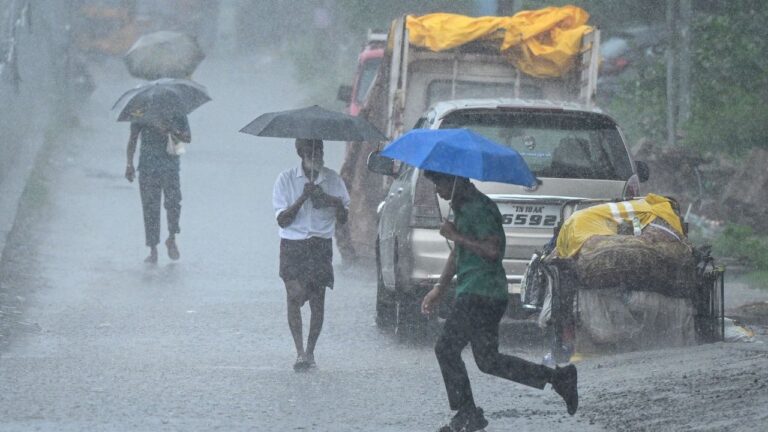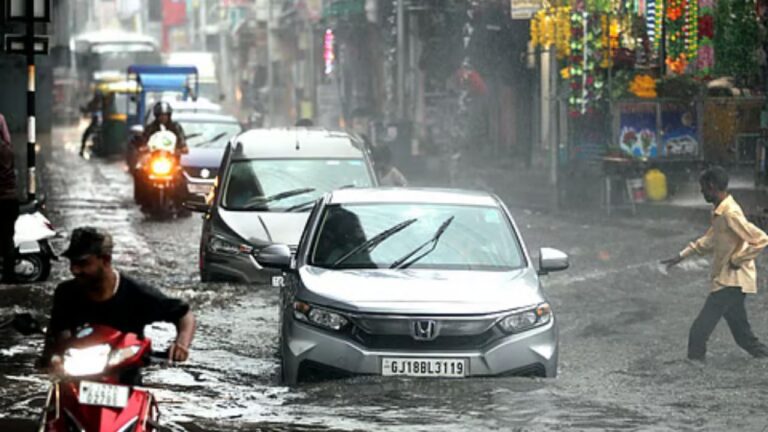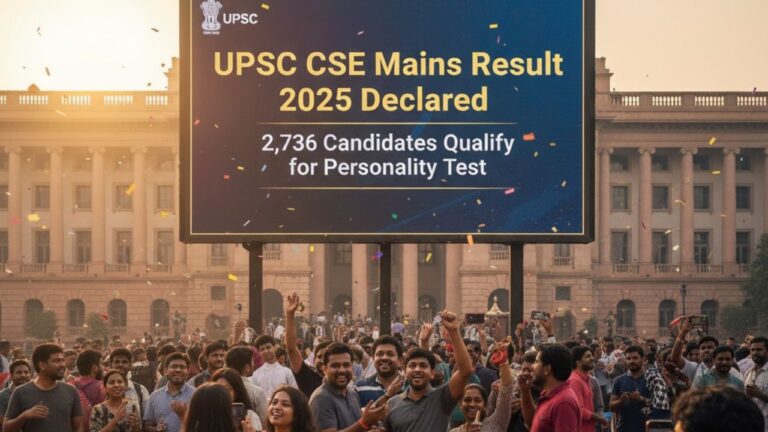
On a blistering afternoon last May, a ragpicker in Delhi’s Ghazipur neighbourhood collapsed from heat exhaustion.
“The family rushed him to the hospital,” recounted Majida Begum, a sanitation worker who witnessed the incident. “But he was declared dead on arrival. With no official proof linking his death to the heat, they received no compensation.”
His case remains one of countless unrecorded casualties of India’s growing heatwaves — invisible in official statistics and unaddressed by policy.
A recent investigation by PTI reveals that outdated and fragmented reporting mechanisms are obscuring the true human cost of extreme heat in India. The result: an incomplete picture that undermines both public awareness and government response.
Reliable data on heat-related fatalities is crucial to identifying vulnerable groups and shaping targeted interventions. Yet the current system allows many deaths, especially among the poor and undocumented, to slip through the cracks.
At present, three separate national datasets attempt to monitor heat-related mortality — each with widely differing results.
The National Centre for Disease Control (NCDC), under the Health Ministry, compiles figures through the Integrated Disease Surveillance Programme (IDSP). The National Crime Records Bureau (NCRB), operating under the Home Ministry, publishes heat-related deaths as part of its “accidental deaths” statistics. The India Meteorological Department (IMD) also tracks heatwave fatalities, often drawing data from media reports.
However, the numbers vary drastically.
Between 2015 and 2022, NCDC reported 3,812 heat-related deaths. Over the same period, NCRB recorded 8,171 deaths from “heat/sunstroke.” The IMD reported 3,436 deaths linked to heatwaves.
Compounding the problem, NCDC and IMD figures for 2023 and 2024 have already been released, but NCRB’s numbers for those years are still pending.
Part of the inconsistency stems from how data is collected. NCDC records deaths of patients who are admitted to hospitals or treated at outpatient departments. In contrast, NCRB data is primarily based on cases where police recover bodies in public spaces or homes, with cause of death determined through autopsy.
A senior Delhi Police official explained that NCRB figures often include unattended or sudden deaths in the community — an element largely missing from hospital data.
According to NCRB, 730 deaths from heat/sunstroke were recorded in 2022, 374 in 2021, and 530 in 2020. NCDC’s numbers for the same years are much lower: just 33 deaths in 2022, none in 2021, and four in 2020 — with many states failing to report data.
Non-reporting states include several of India’s most heat-prone regions: Delhi, Uttar Pradesh, Rajasthan, Punjab, Haryana, Madhya Pradesh, Chhattisgarh, Bihar, Jharkhand, Karnataka, Kerala, Andhra Pradesh, Telangana, West Bengal, and Tamil Nadu.
A Health Ministry official, speaking anonymously, admitted that the datasets are not directly comparable. “NCDC data comes from hospital reports, while NCRB relies on forensic records. There is often a disconnect between the two sources,” the official said.
Manual data entry further complicates the picture. Though the Integrated Health Information Platform (IHIP) allows digital reporting, hospital staff still manually enter data, increasing the risk of errors and omissions.
Compliance is also uneven. Hospital staff may neglect to report heat deaths if temperatures temporarily cool, and many hospitals are understaffed, hampering proper data collection.
A senior doctor at a government-run hospital in Delhi suggested that under-reporting may be deliberate. “Authorities may suppress figures to avoid compensation liabilities,” the doctor alleged.
At the recent India Heat Summit 2025, Health Ministry Advisor Soumya Swaminathan underscored the importance of improving death-reporting systems. “Reliable data is essential for understanding causes of death and shaping effective policy,” she said.
Attributing deaths directly to heat is a global challenge. Many heat-related fatalities are misclassified as heart attacks or other causes.
“All-cause mortality data is more reliable,” said Abhiyant Tiwari, Climate Resilience and Health Lead at NRDC India. “It captures total deaths during heat events and helps estimate excess mortality linked to extreme temperatures.”
Tiwari recommended assigning a single department to oversee collection and dissemination of all-cause mortality data.
As heatwaves intensify due to climate change, experts are calling for urgent reform. “Discrepancies and underreporting mask the true impact of extreme heat,” said Avinash Chanchal, Deputy Programme Director at Greenpeace South Asia.
“Delaying action by hiding the numbers will only make the crisis worse.”
Until India overhauls its fractured data system, thousands of lives lost to the country’s soaring heat risk remaining invisible — uncounted and uncompensated.






